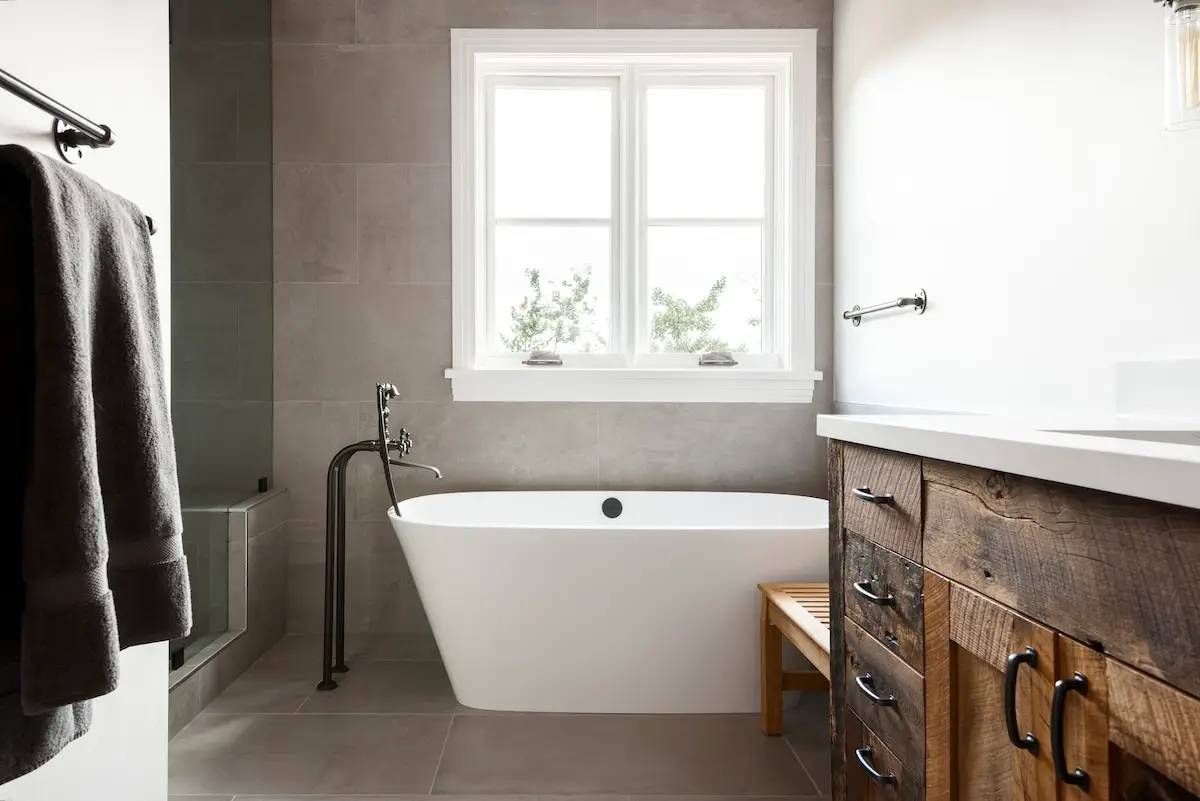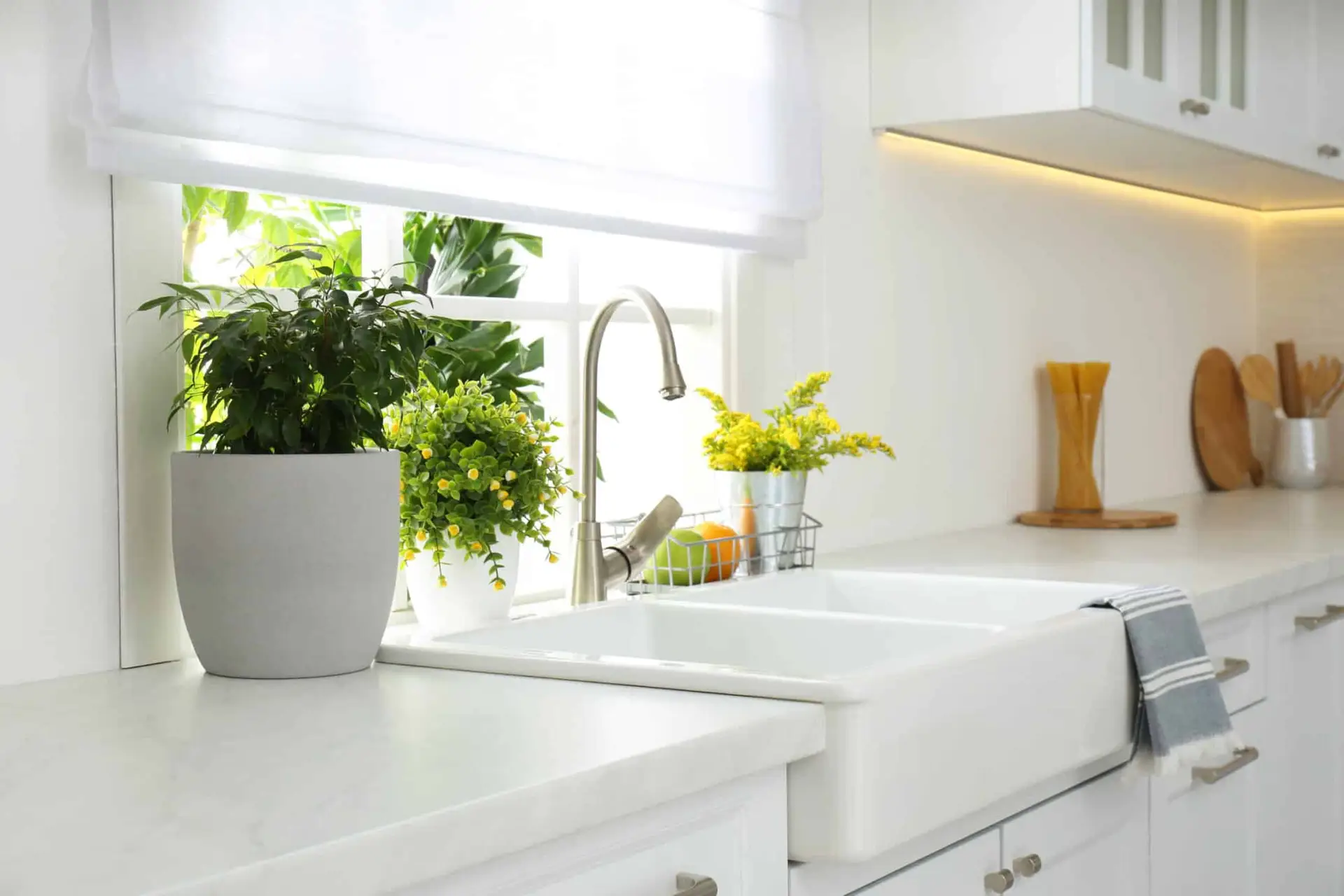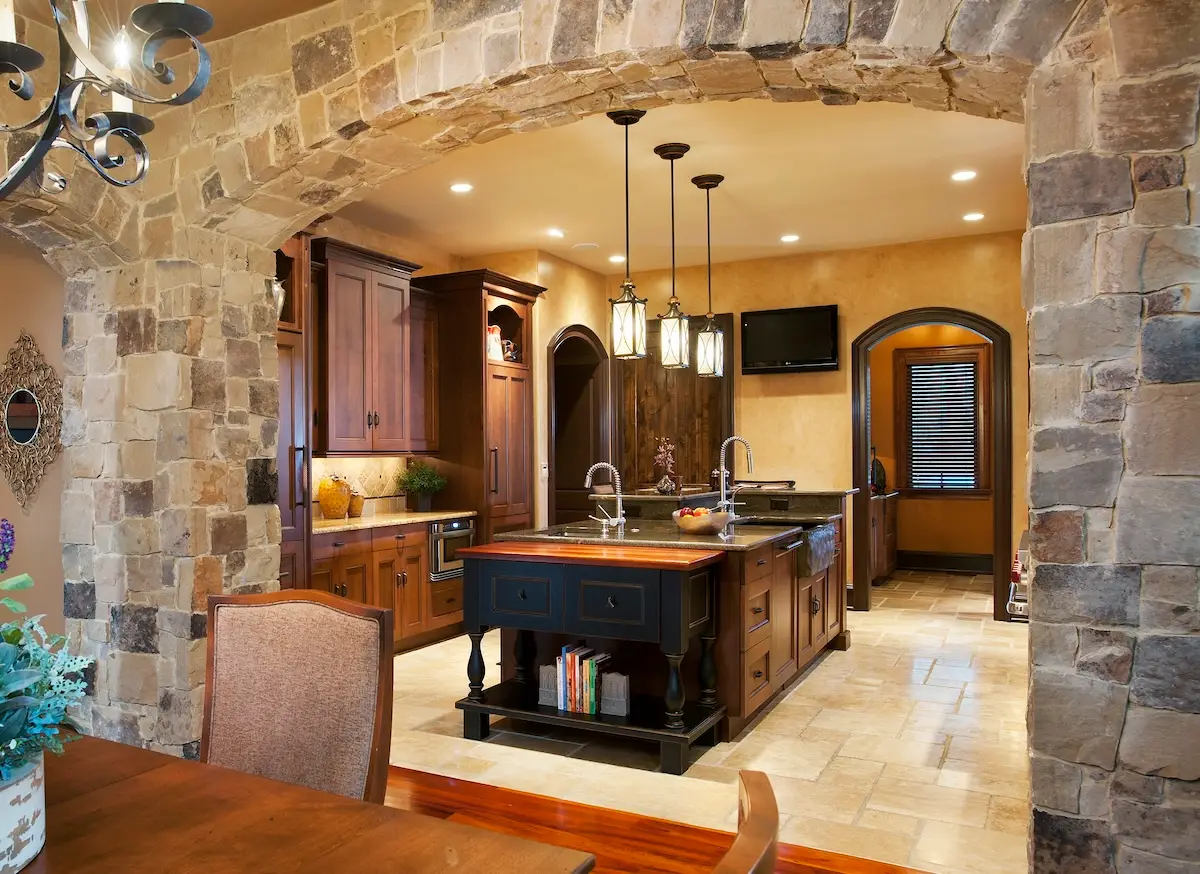Every space on your property can be converted into a relaxing retreat that can be enjoyed throughout the year. Outdoor spaces are no exception. Let’s explore how to transform your backyard into a year-round outdoor retreat.
Function
When designing your year-round outdoor retreat, consider the experience you want to create. Do you envision relaxing outdoors on a brisk summer day, or do you see yourself hosting events for family and friends? Perhaps, you want to create an area for children or pets to play away from indoor spaces. Whatever the case may be, dividing your outdoor area into different zones can help enhance your atmosphere and create unforgettable experiences for years to come.
Unlike your home’s interiors where walls help section off these areas, you might need to divide these zones with hardscaping. Hardscaped structures such as walkways, fences, walls, patios, and porches will help define the atmosphere of each area, creating a cohesive layout with balanced compositions. Alternatively, you can substitute these structures for hedges, trees, and plants to invite nature into your space.
For example, your year-round outdoor retreat may benefit from a storage space for patio furniture, garden tools, or pool equipment. These storage zones can be placed away from lounge areas or near the outskirts of your property, so seasonal items are easily accessible for any occasion. By adhering to the main principles of spatial composition, you can prioritize recreational and relaxation zone focal points such as fireplaces, fire pits, bars, kitchens, and dining spaces.
Flow
After considering the layout of your outdoor space, you can now prioritize establishing a seamless flow between each zone. Creating a seamless transition between indoor and outdoor spaces enhances the overall living experience. This flow reflects a thoughtful design that considers continuity and harmony. This design approach also maximizes available space, offering more options for zones serving entertainment, relaxation, and personal enjoyment year-round.
Incorporating complementary colors and textures further promotes cohesion between your indoor and outdoor spaces. When selecting your palette, refer back to the purpose of each zone. Start with a base color that fits the aesthetic of your outdoor furniture, decorations, and appliances while also complementing the overall aesthetic of your home. Especially consider transition spaces like hallways, patios, and sunrooms and how to pull colors and textures from these spaces into your outdoor designs. Neutral and earth tones are versatile choices that create a balanced foundation. Aqua, green, and baby blue coastal tones can create a soothing atmosphere in relaxation areas.
Furnishings
Different outdoor areas, such as a sunny dining area or a shaded pergola by the pool, may experience varying degrees of elemental exposure. Therefore, it will be helpful to consider furniture that can withstand local weather conditions to enjoy your outdoor year-round retreat.
Fabrics and Furniture
Furnishing sunlit spaces requires careful consideration of fabrics and materials to prevent fading and warping. Heat-resistant metals like stainless steel and aluminum may provide more comfortable seating or lounging options in warmer areas. Another excellent choice is teakwood, known for its versatility and natural weather resistance. Teak furniture offers a sophisticated appearance while insulating heat and providing warmth during colder months.
Popular outdoor fabrics that can withstand various weather conditions include acrylic, polyester, and olefin. Consider teak wood frame sofas with marine-grade Sunbrella upholstery or retractable awnings made from PVC-coated polyester that provide shade and weather protection. Throw pillows with removable covers crafted from fade-resistant olefin will allow for easy cleaning and seasonal updates. For outdoor dining zones, you can use table linens made from hemp-based fabric that offer durability and a natural feel. These choices ensure longevity and maintain the space’s elegance.
Shade
Crafting outdoor spaces that thrive in all seasons hinges on three pivotal elements: shade, airflow, and temperature control. Pergolas can offer respite from the sun while fostering a natural conduit for breezes. Ceiling fans enhance circulation, which can be vital for those still summer afternoons. For cooler months, strategically place heat lamps to help maintain warmth without disrupting your aesthetic. These considerations ensure a seamless transition between the comfort of the indoors and the allure of the outdoors, creating a sanctuary that invites relaxation and entertainment year-round.
Lighting
Lastly, built-in lighting can highlight structural elements like patios, stairs, and deck railings to showcase your outdoor space year-round. If you enjoy night swims, you can install lights underwater or surrounding your pool’s perimeter for a safe and calming ambiance. Recessed lighting on pergolas and porch ceilings can add gentle illumination for a cozy, chic aesthetic in dining and lounging areas.
Alternatively, landscaping lights, such as solar lighting, can easily be hidden in flower beds and gardens. Unlike other lighting options, solar lights don’t require extensive maintenance or wiring and will elevate your outdoor lighting after sunset. For bolder aesthetics, you can install lanterns, lamps, chandeliers, and pendant lights for a touch of sophistication and an industrial look to your outdoor space. Ready to start designing your year-round outdoor retreat? Get in touch with us today to get started.




